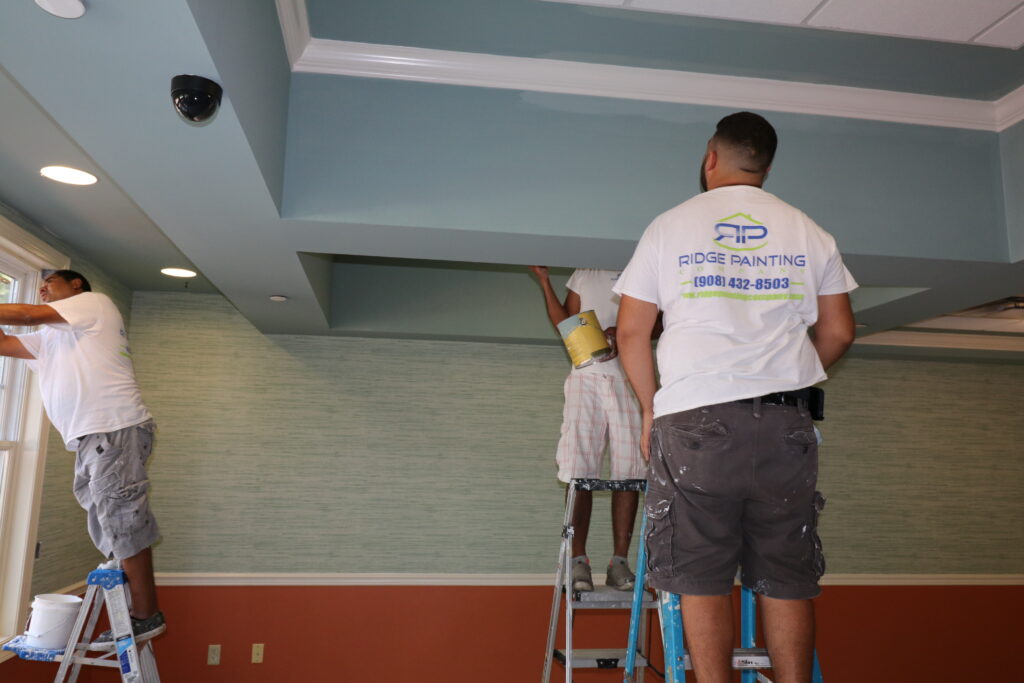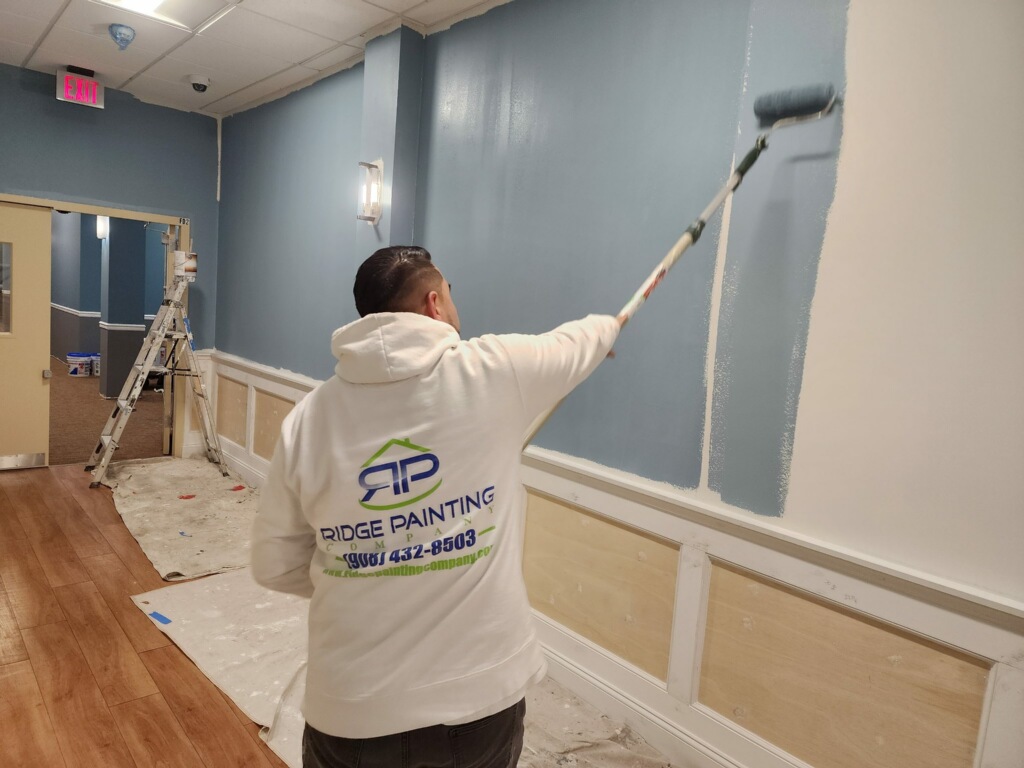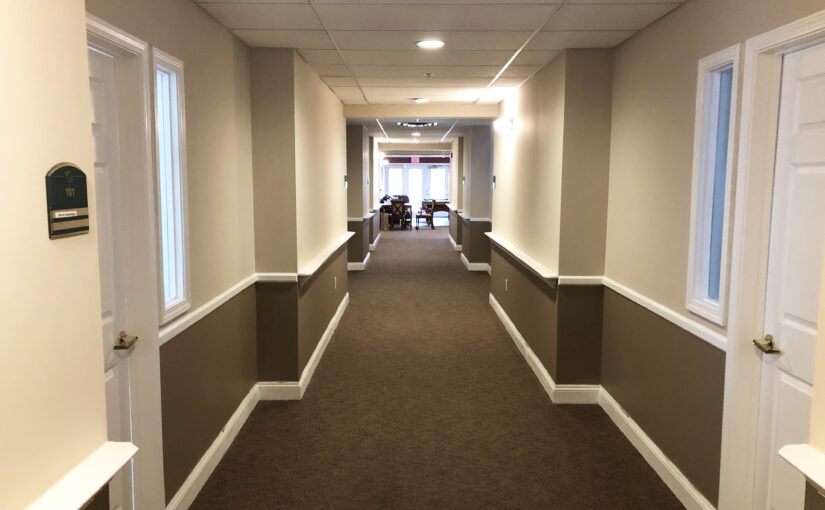Interior Painting in Assisted Living Facilities: A Comprehensive Overview
Interior painting in assisted living facilities is a significant aspect that goes beyond mere aesthetic enhancement. It plays a crucial role in creating a comfortable, safe, and engaging environment for residents. This comprehensive guide will explore the intricacies of interior painting in these settings, focusing on the impact of color choices, the importance of color psychology, and the need for durability and cleanliness in paint selections.
The Role of Interior Painting in Assisted Living Spaces
The process of selecting and applying paint in an assisted living environment involves more than just picking colors; it’s about crafting spaces that positively influence the mood and well-being of residents.
The importance of maintaining a fresh, clean, and well-painted appearance in an assisted living facility cannot be overstated, especially when it comes to marketing the building to potential new residents and their families. In addition to aesthetic appeal, regular upkeep, including painting and caulking, is crucial for the structural integrity and longevity of the building.
Enhancing Resident Experience through Paint
The choice of interior paint can significantly affect the daily lives of residents in assisted living facilities. The right colors and textures can create a homely and comforting atmosphere, which is essential in a space where residents spend most of their time.
Special Considerations in Painting Techniques
In such sensitive environments, the painting process must be carried out with minimal disturbance. This involves using low-odor and low-VOC paints to safeguard the health of residents, particularly those with respiratory sensitivities. Quiet and efficient painting methods are also preferred to reduce noise disruption.
The Impact of Color Psychology in Assisted Living Facilities
The selection of color schemes in assisted living facilities is crucial as it can significantly influence the ambiance of the space. Understanding color psychology is key to creating environments that cater to the emotional and physical needs of residents.
Beyond aesthetics, the color schemes in assisted living spaces can have therapeutic benefits. Certain colors are known to have specific psychological effects that can be beneficial in a healthcare setting. For example, blue is often associated with tranquility and can lower blood pressure and heart rate, making it an excellent choice for areas where residents might go to relax or unwind.
Additionally, incorporating nature-inspired themes, such as murals of landscapes or gardens, through painting can have a positive impact on the mental health of residents. Such natural elements are known to reduce stress and increase feelings of well-being, which is crucial for the elderly, who may be dealing with various health issues.
Balancing Comfort and Stimulation
Selecting the right color palette involves striking a balance between creating a comforting environment and one that stimulates engagement. Warm, soft colors are typically used in private spaces to promote relaxation, while communal areas may benefit from brighter colors that encourage social interaction.

Tailoring Colors to Resident Needs
Color choices should be inclusive, taking into account the varying needs of residents, including those with visual impairments or cognitive conditions. Contrasting colors, for example, can aid residents with depth perception issues, and calming color palettes can be soothing for those with anxiety or dementia.
Involving Residents in the Selection Process
Involving residents in the paint selection process can be highly beneficial. This participatory approach not only empowers them but also ensures that the space reflects their tastes and preferences. This can be particularly important in communal areas where residents spend a significant amount of time.

Prioritizing Durability and Cleanliness in Paint Choices
In assisted living facilities, where health and hygiene are paramount, the durability and cleanliness of the paint are of utmost importance.
Choosing Durable Paints for High-Traffic Areas
Given the high-traffic nature of these facilities, the chosen paint must be resilient and capable of withstanding regular wear and tear. High-quality, durable paints that are resistant to scuffs and easy to clean are preferred, ensuring longevity and maintaining cleanliness. Products like Benjamin Moore Scuff-X are frequently used by assisted living painters to accomplish this.
Importance of Easy-to-Clean and Hygienic Surfaces
The selected paint finishes should be easy to clean and able to withstand common cleaning agents. This is crucial for maintaining both the aesthetic and hygienic standards of the facility. Antimicrobial properties in paint can also contribute to a healthier living environment.
Health-Focused Paint Selections
The health implications of paint choices cannot be overstated. Paints with low-VOC and antimicrobial properties are essential in creating a healthier indoor air quality and reducing potential allergic reactions among residents.
Conclusion
Interior painting in assisted living facilities requires thoughtful planning and execution. The choice of colors, type of paint, and the painting process itself play a significant role in enhancing the living environment for residents. By understanding the unique needs of these facilities and prioritizing factors like color psychology, durability, cleanliness, and health safety, a conducive and pleasant living space can be created for residents. This guide underscores the importance of these factors, emphasizing their role in the overall well-being of individuals in assisted living settings.

